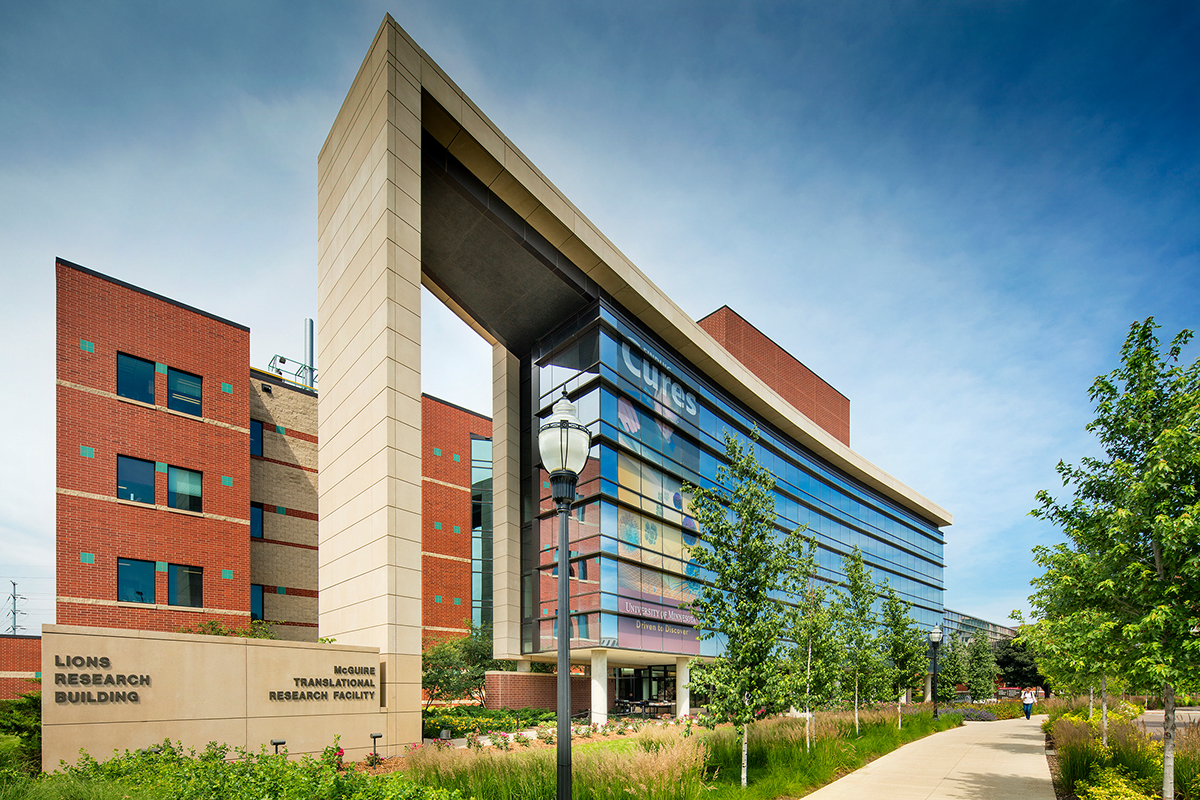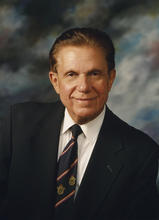
Otopathology Laboratory - University of Minnesota
The Paparella Otopathology & Pathogenesis laboratory is under the leadership of Dr. Sebahattin Cureoglu and Dr. Meredith Adams. The laboratory was founded in the decade of 1960s by Dr. Michael Paparella, and was responsible for the publishing of over 800 groundbreaking scientific papers in the last 5 decades. The laboratory has also received over 200 fellows from all around the world, who were responsible for conducting these research articles or even as part of their master's or doctorate degrees. The laboratory is open for application for new fellows.
A word from the lab's founder, Dr. Michael Paparella

The Otology Renaissance
I, the son of Italian immigrants, am a very lucky guy. Born in America, the great land of opportunity, I had good parents, a supportive community, many formidable bosses, a rigorous education, and a lineage of wise mentors. Ultimately, all these factors contributed to my career as an otolaryngologist, which is a big word for an ear, nose, and throat doctor, with a specialty in otology and neurotology, which are fancy words for “the study of the anatomy and diseases of the ear and their related neurological disorders.”
The inner ear, which is smaller than your small fingernail, consists of the spiraled cochlea in front (which relays the noises we hear to the brain) and the vestibular labyrinth in the back. When diseased, the vestibular labyrinth can cause serious problems, such as incapacitating vertigo in Ménière’s disease among many others. The inner ear is protected by one of the hardest bones in the human body, the temporal bone. It acts like a safe as it protects those very delicate intricacies of the ear, including the sensory cells for hearing, the sensory cells for balance, and the attached stapes, which is the smallest bone in the human body.
Ear problems are so common it sometimes feels that we accept them as an unavoidable part of the life cycle. What I’ve learned over my decades of study, though, is that each of these people is unique and has to be properly diagnosed. And, what’s affecting their comfort and ability to hear has to be understood before it can be properly treated. I’ve been so fortunate to be a witness to and a participant in what could be called the renaissance of otology, a relatively brief period of time, maybe two to three decades, during which key discoveries were made in ear and hearing research, top otologists were educated and advanced teaching in the field, and vital clinical and surgical contributions were developed to significantly improve the lives of thousands, indeed millions, of patients with a variety of ear diseases. Little Maria doesn’t have to have chronic ear infections. Uncle Joe can hear again.
Ear diseases have all sorts of causes, including congenital, genetic, cancerous, and traumatic. Some symptoms of ear disease are so serious that patients think they’re going crazy or honestly wish to die rather than live another day with the disorientation and incapacitating dizziness. Approximately forty million Americans have a significant hearing loss or deafness and/or tinnitus, an onomatopoeic term that means unwanted ear ringing. A shocking ninety million Americans suffer from dizziness or vertigo, according to studies conducted by the National Institutes of Health (NIH).
New knowledge and technology have helped my colleagues and me treat our patients who have devastating ear diseases. In most instances, they’ve had hearing restored, vertigo eliminated, and other diseases cured or improved. Our patients who need surgery usually go home the same day, and the results are generally very good. In fact, for most patients, the results are amazing because they go on to fully enjoy their lives. I’ve been told many times: “Doc, you gave me my life back.” I have been a doctor in otolaryngology and otology from 1961 to the present, which happens to parallel the renaissance of otology. This period, plus slightly earlier, yielded the most medical, surgical, and technological developments in the history of ear diseases dating back to primitive man. Many giants of the medical field made important earlier contributions to the developing understanding and treatment of ear diseases. We can look back even further, back into the antiquity, back to the Mayan civilization in South America, who made ear drawings on a clinic hut ruin. The Egyptians three thousand years ago and the Persians and Chinese as many as six thousand years ago were making crude attempts to treat ear disease. Sometimes a doctor poked a stick in the ear to help relieve pain or infection or they purged blood and prescribed mercury or tried to syringe excess wax out of the ear. When it comes to the treatments of ear ailments, we’re lucky to be alive in this day and age rather than theirs. But even in their rough ways, these activities all contributed to the understanding of how the ear works, its anatomy, and the problems associated with it. Trial and error in treatments, however barbaric, slowly advanced the field.
I, along with my colleagues at the University of Minnesota, attempt to continue the great work of the leaders of the otology renaissance. Our practice has earned an international reputation for the treatment of ear conditions, and we have been devoted to patient care, education, and research in the Department of Otolaryngology at the University of Minnesota and at our previous universities. Our clinical and laboratory fellowship programs draw clinicians from across the globe. We continue to be devoted to conducting and furthering ear research. We recognize the great inheritance of the minds that came before us, and we’re working hard to contribute to that lineage of excellence and innovation.